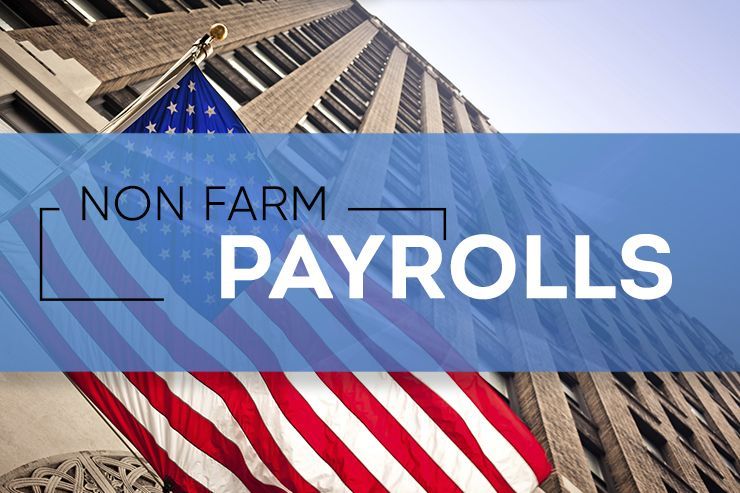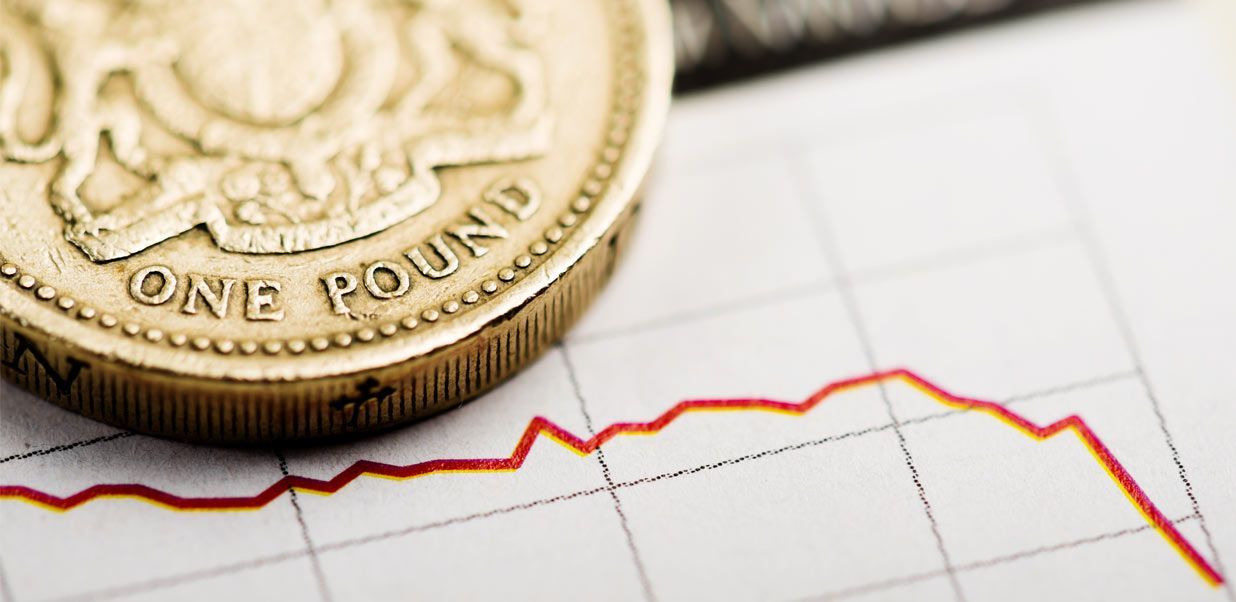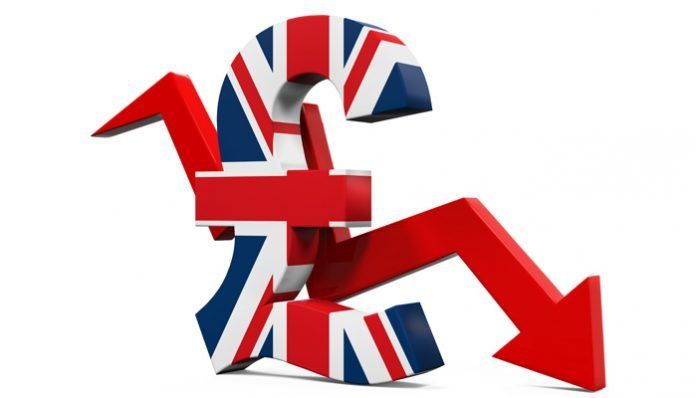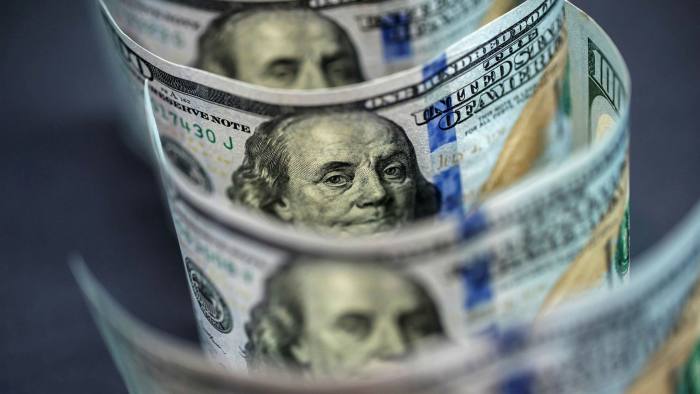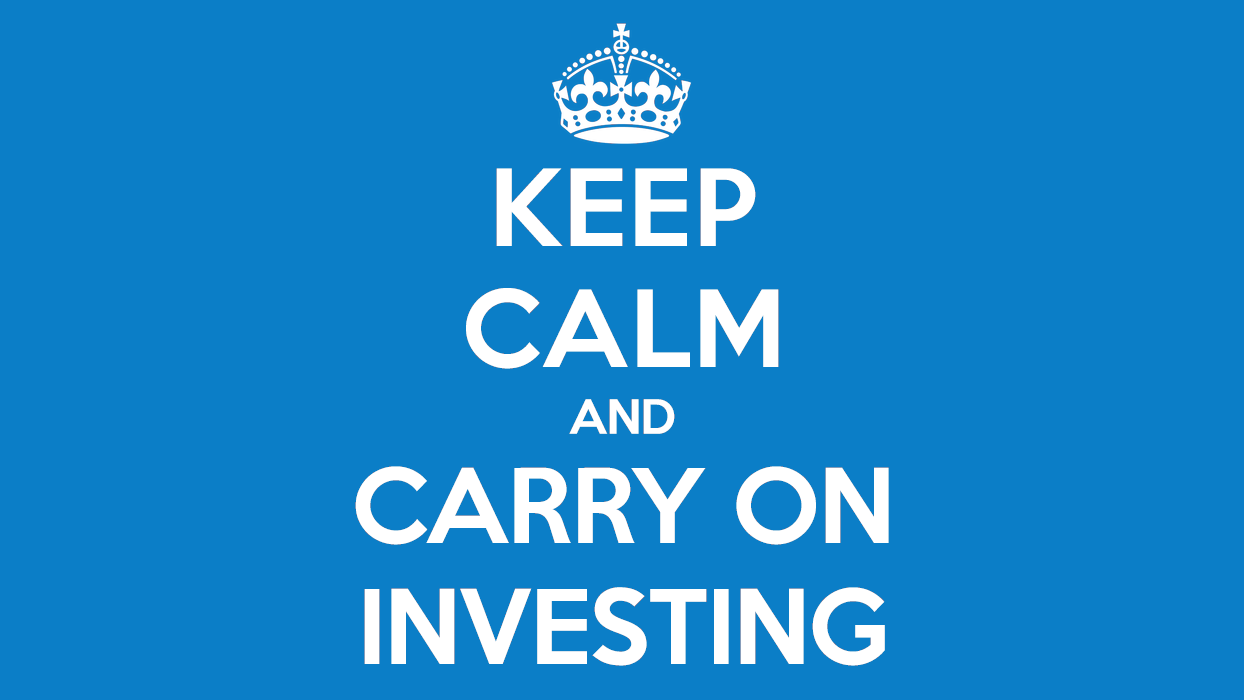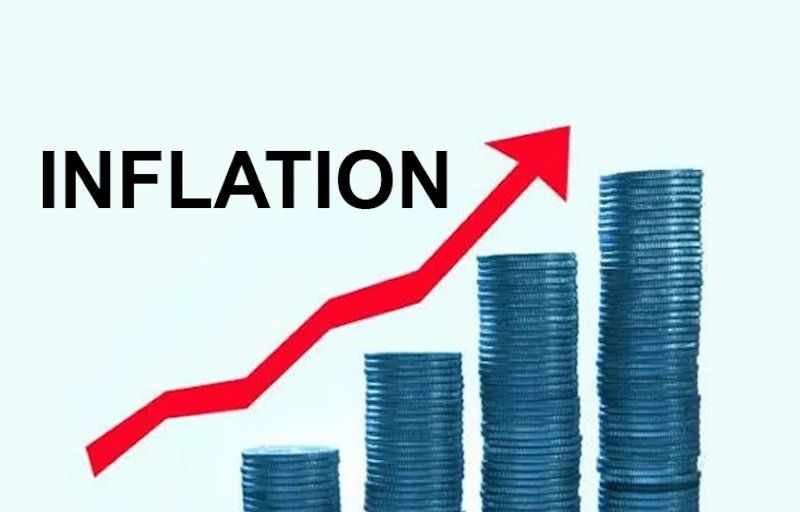by Patrick French
•
1 June 2021
The key financial market themes of the last six months were replayed last week. Commodities bounced back strongly, inflation data out of the US surprised to the upside, and risk assets rallied, with commodity-sensitive emerging market currencies taking the lead. Rates in G10 countries are still in a holding pattern, but we think it is only a matter of time before they resume their march higher amid stronger than expected economic recoveries elsewhere and relentless pressure on supply chains and ultimately prices. In keeping with these themes, the Brazilian Real, the Chilean Peso and the New Zealand Dollar were the winners last week, and the safe-haven Japanese Yen was unsurprisingly the worst performer. This trading week is shortened by the London and New York Monday holidays, but will nevertheless be rich in data. Inflation data in the Eurozone for May comes out Tuesday, and will show the extent to which inflationary pressures there follow the US upward path with a lag. Later on Tuesday, the US ISM index will be released, and there will be special focus on the prices paid component. Finally, Friday we will get the latest read on the state of the US jobs market via the payrolls report for May, where booming demand is expected to run into labour market frictions leaving the numbers subject to an unusual amount of uncertainty. GBP A booming recovery led by the manufacturing sector, as reflected by the PMI indices of activity, and hawkish noises from the Bank of England propelled Sterling to second place in last week’s G10 FX performance tracker. While we think that the Pound rally may take a short-term breather, especially given the lack of market-moving news this week, we think the Bank of England may lead the Federal Reserve and the European Central Bank in the process of withdrawing monetary stimulus from the economy, which can only be a positive for the currency. The shortened UK trading week is relatively light on economic data, aside from revised PMI numbers. Investors will, however, have comments to digest from Bank of England governor Andrew Bailey on Thursday. EUR Some dovish comments from ECB council members have stopped the Euro rally, for now. While markets remain focused on the ECB meeting on 10th June, we think this week's preliminary inflation data for May will receive more than the usual amount of attention. An increase to precisely the ECB target of just below 2% in the headline number is already priced in, as is a more modest jump in the core subindex that excludes volatile food and energy components, to a level still below target in the latter. However, strategists have recently lagged in adjusting upwards their estimates of inflation worldwide, so we think there is room for a positive surprise that would buoy the common currency. USD Another week, another upward surprise in inflation data out of the US. Last week it was both the first quarter GDP deflator and the more timely personal consumption expenditures (PCE) deflator, which is the preferred inflation metric of the Federal Reserve. The latter jumped #to 3.6% year-on-year, its highest level since September 2008. Bond markets are taking this in stride for now, and the 10 year Treasury yield ended the week not far from where it had begun. CHF The Swiss Franc was one of the worst performers in G10 and ended last week somewhat lower against the euro, despite a decline in US yields. Recent changes in sight deposits indicate continuing interventions from the SNB, but their intensity appears to wane. CFTC positioning data continues to point out to a slightly bearish attitude of speculators towards the franc. We think there’s plenty of room for it to turn more negative in the coming quarters, which should put some pressure on the Franc. Nevertheless, most recent Covid and forward-looking economic data from Switzerland is mostly positive, which has helped the Franc to outperform its Japanese counterpart. The KOF leading indicator, which serves as a barometer for future economic growth, jumped to 143.2 in May, a record high. AUD The Reserve Bank of Australia struck another dovish tone during its monetary policy assessment overnight. As expected, rates were kept unchanged at historic low levels. Governor Lowe noted that the recovery in the economy had been faster than expected, highlighting an improvement in the housing market and an increase in borrowing. Unlike its New Zealand counterpart, which hinted at hikes in the second half of next year, the RBA reiterated again that rate hikes were unlikely until at least 2024, despite the improvement in economic conditions. It also warned over the risk of increased rates of virus contagion, such as that currently gripping the state of Victoria. Investors largely took today’s RBA announcement in its stride. We could, however, see heightened volatility during the rest of the week, with a host of data releases on the docket. We will be paying close attention to tomorrow’s GDP and Thursday’s retail sales data. CAD With little to no economic news out of Canada last week, the USD/CAD cross was stuck in a relatively narrow range around the 1.20-1.21 mark, just shy of the currency’s strongest position in six years. The Canadian Dollar has been well supported by the rally in commodity prices and, more lately, the much better progress being made on the vaccination front. Canada has now administered at least one vaccine dose to more than 56% of the population, more than the US and just behind the UK as the most out of any major nation. The pace of daily vaccinations in Canada has been quite extraordinary in recent weeks, with the country now administered vaccines at more than double the pace of the US (0.92 doses per 100 vs. 0.39). Volatility in CAD is expected to pick up in the coming days, with a number of macroeconomic data releases on tap. Q1 GDP data out later today is expected to show solid growth of 6.7% annualised. Investors may, however, pay closer attention to Friday’s more timely labour report for May. CNY The Yuan has continued to go from strength to strength in recent weeks and is now trading around its highest position versus the dollar in over three years - just below the 6.38 level at the time of writing. Sentiment towards CNY, and risk assets in general, has been elevated of late, so much so that investors appeared unflustered by the decision of the People’s Bank of China to raise the FX reserve requirement ratio for financial institutions on Monday. The ratio was increased for the first time in 14 years from 5% to 7% in what appears to be an attempt to lessen appreciating pressure on the Yuan. The move was, however, widely expected, and we’ve not seen too much movement in the exchange rate as a result. This Thursday’s services PMI from Caixin will be closely watched by currency traders. If last week’s non-manufacturing PMI from NBS is anything to go by, we could be in for another upside surprise, which may provide further support for CNY in the back end of this week. ✒️ Get free weekly chart analysis, FX reports & exchange rate updates. 👉 Avoid FX risk with our tailored solutions. Like👍, Comment💬 & Share📢.

